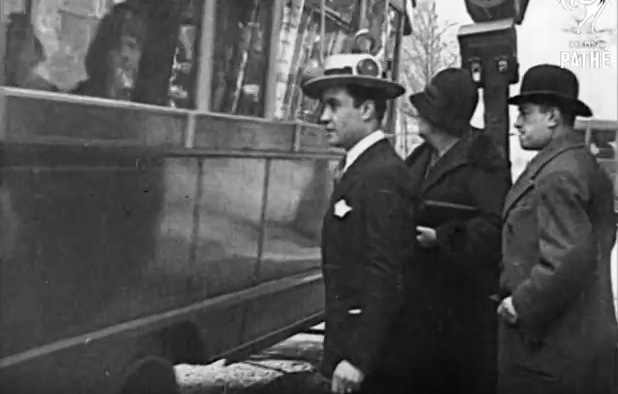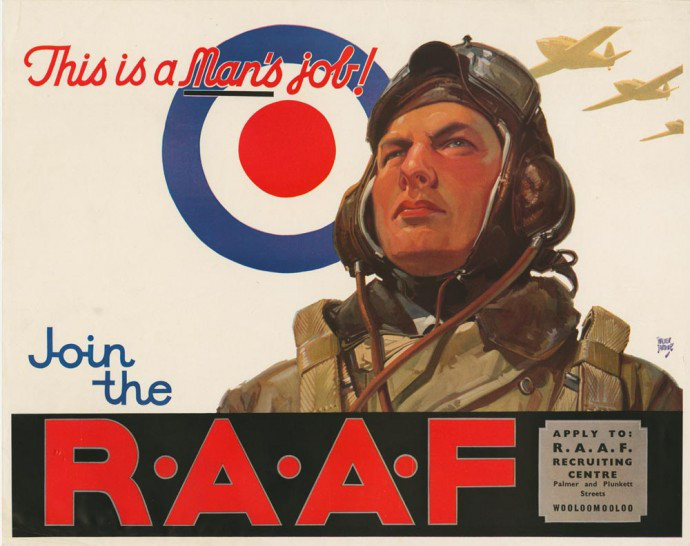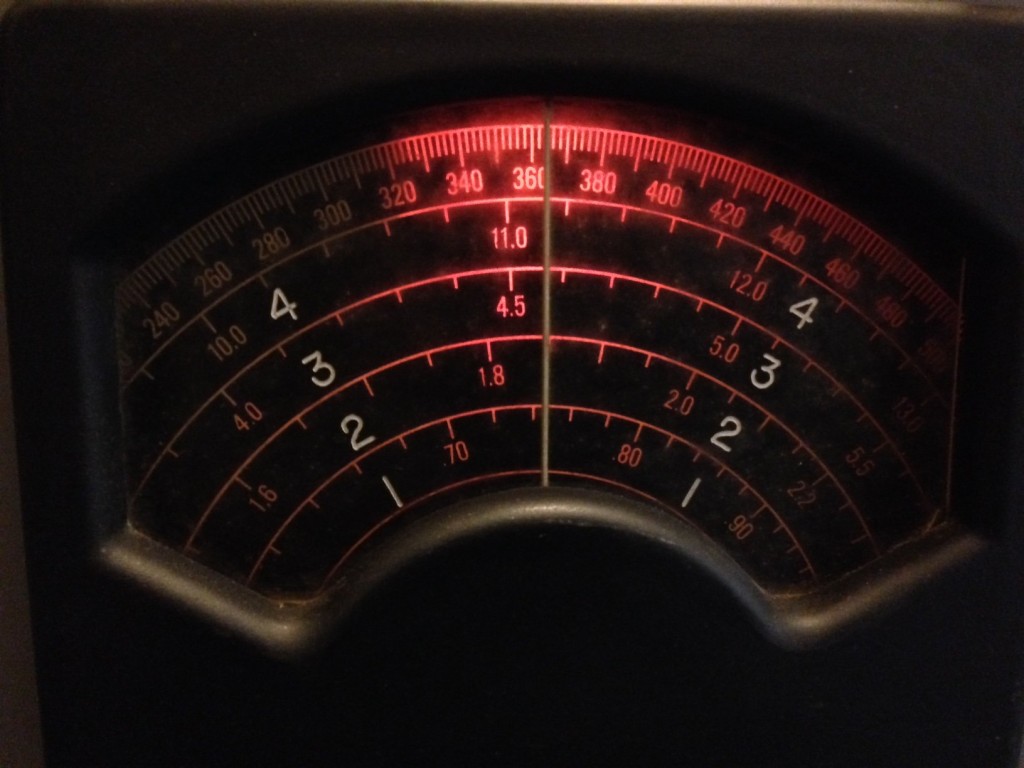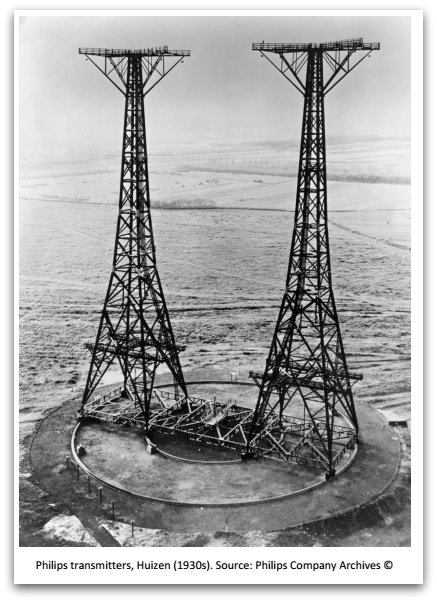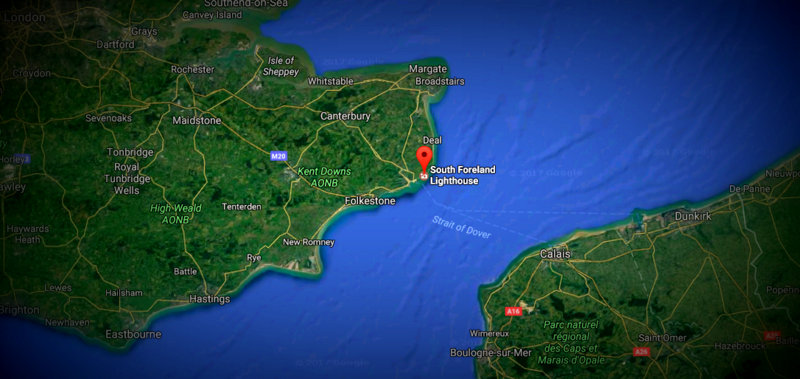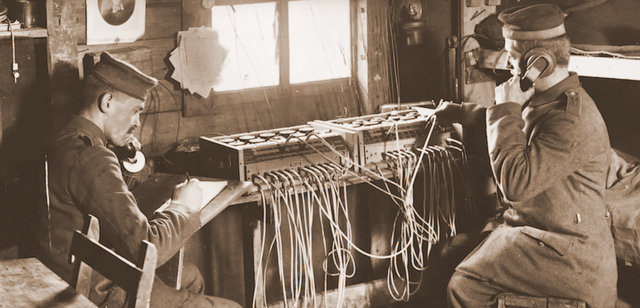Never to march, never to be mentioned.
Since the end of the Second World War, many thousands of returned service personnel have marched at Anzac Day services throughout Australia.
My father never marched.
My father served in RAAF No 4 Wireless Unit, Central Bureau.
Central Bureau was under the direct command of General Douglas MacArthur, and was set up to detect, record, and translate all messages transmitted by Japanese forces in the Pacific.
Central Bureau was headquartered in Brisbane, but its Wireless Units worked in the field, moving forward with MacArthur, constantly intercepting and deciphering enemy messages.
As the war progressed, the units became so efficient in their work that they were monitoring all enemy radio traffic, and in fact frequently knew the Japanese intentions before the messages reached their intended destination.
The Wireless Units served throughout the Pacific islands providing vital information about enemy strengths and positions.
RAAF No 4 Wireless Unit was formed as a highly mobile unit, and served at Hollandia, Morotai, Labuan Island, and at Luzon, Philippines.
The U.S. High Command highly praised the Wireless Units of Central Bureau, stating that their work effectively shortened the War in the Pacific by at least two years.
At the end of the war, Central Bureau was dismantled. All personnel signed a lifetime secrecy order to not speak of their wartime activities.
No promotions applied. No evidence of their Central Bureau service was recorded, including overseas service. No medals were struck.
Family members, including children, were not told in any detail, of their father’s war experience.
It was only in the late 1990’s that the Australian government allowed information to be released.
In the early 1960’s, my father mysteriously went on an unexplained visit to Brisbane.
It was not until over thirty years later that I found out that he attended a twenty-year anniversary of his unit’s graduation.
I write this on behalf of the children and grandchildren of those Central Bureau personnel that served diligently and efficiently when called upon, and who, when the job was done, quietly went home. They are our heroes.
Indeed. Thank you so much, Neil, for taking the time to share your father’s story. We’re honored to post it here.
If you’re interested in WWII signal intelligence, here are a few fascinating posts from our archive:


